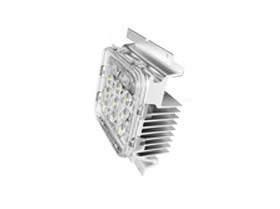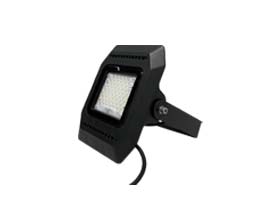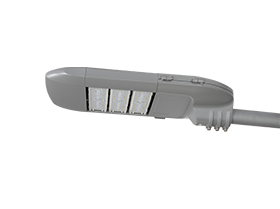How Electric Light Modules Work and the Science behind Them
In an era where illumination has evolved to offer both efficiency and creativity, electric light modules have become an indispensable part of our day-to-day lives. These compact devices hold the key to lighting up our world, quite literally. In this blog, we will dive into the fascinating realm of electric light modules, exploring their inner workings and the scientific principles that make them a cornerstone of modern lighting technology.
Shining the Light on Electric Light Modules
Electric light modules are at the heart of countless luminous applications, from household light bulbs to sophisticated display panels. At their core lies the principle of electroluminescence, where the passage of an electrical current through a semiconductor material generates light. How is this achieved? Electric light modules consist of multiple layers of semiconductors, including a positively charged anode and a negatively charged cathode. When a voltage is applied, electrons are pushed across the semiconductor layers, creating an energy imbalance and resulting in the emission of light.
The Evolution of Electric Light Modules
The development of electric light modules has been a story of constant innovation propelled by scientific breakthroughs. Incandescent bulbs, with their heated filaments, served as the precursor to today's electric light modules. However, their inefficiency and short lifespan paved the way for the rise of light-emitting diodes (LEDs). LEDs revolutionized the lighting industry by offering longevity, energy efficiency, and the ability to emit light of various colors. Incorporating electric light modules into LED lighting systems has opened doors to endless possibilities, from mood-changing ambiance in homes to dazzling visuals in large-scale displays.
Unveiling the Secrets Behind Efficient Electric Light Modules
The success of electric light modules lies in their ability to convert electricity into light with minimal energy loss. In traditional incandescent bulbs, a significant proportion of electrical energy is dissipated as heat. In contrast, electric light modules utilize advanced materials and clever designs to ensure maximum light output while minimizing energy waste. The use of semiconductors with precise bandgaps and optimizing the internal structure of electric light modules enables highly efficient light conversion, making them ideal for not only general lighting purposes but also specialized applications such as automotive headlights and backlight displays.
Applications and Future Innovations
The versatility of electric light modules extends beyond regular household lighting. They find widespread application in automotive lighting, consumer electronics screens, architectural lighting, and even medical devices. As technology races forward, ongoing research aims to unlock new potentials in electric light modules. From flexible displays to smart lighting systems that adapt to our needs, the future holds exciting possibilities for these miniature light-producing wonders.
Electric light modules have opened up a realm of possibilities in the field of lighting, through science, innovation, and precision engineering. These illuminating powerhouses have transformed the way we light our surroundings, making our lives more energy-efficient and dynamic. By understanding the scientific principles behind electric light modules, we can appreciate the brilliance that lies within these tiny devices, as they continue to shape the world around us.
 English
English  العربية
العربية  中文
中文
 Deutsch
Deutsch
 Türkçe
Türkçe

 日本語
日本語


